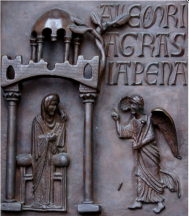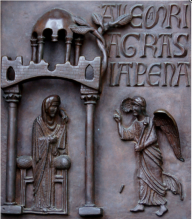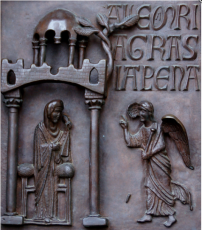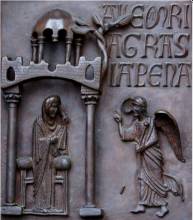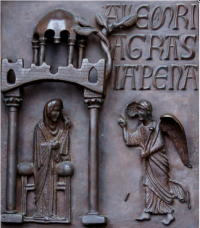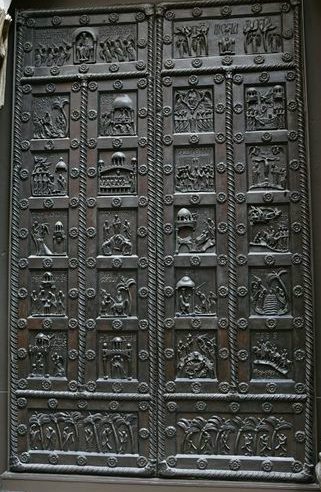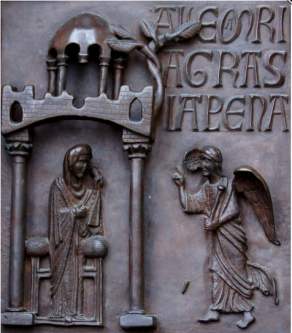I removed the silicone and fibreglass cases from the original plasticine model this morning and spent some time making sure I removed all of the excess plasticine from the mould. This revealed a lot of air bubbles within my silicone mould (Karen believes that this is because the silicone we are using isn’t great quality as Meggie and Lola had the same kind of issues) but this problem cant really be solved until after I have casted the jesmonite, at which point I should be able to sand down my piece.
The next step was to prepare the the base of my mould before casting.
First of all I had to rub bees honey wax around the edge of the fibreglass case (2 layers works best) and then an application of the Blue PVA Gloss Release Agent (again, 2 layers is best).
The correct mixture measurements for the Jesmonite is 1 part liquids:2.5 part powders. The mixture needs to be mixed thoroughly before it can be poured into the mould. I used a wooden modelling tool to make sure that I pushed all of the mixture into all of the spaces and then left it to dry for half an hour (40 mins ish).
Once dry I scored the back of the block in order to make sure that the next lot of mixture would join with the dry areas. I then mixed up another (smaller) batch of the jesmonite and prepared a sheet of fibreglass.
I worked out that the best way to apply the fibreglass was to spread a thin layer of the Jesmonite mixture on the surface of the dried block and then lay the fibreglass sheeting over the top of it before applying the rest of the mix with a paintbrush, and again, leave to dry.
I was able to remove my first cast by the end of the day and am very happy with how it turned out. The only problems that I have come across are the bubbles on the surface and one of the leaves on the structure had snapped (not sure why).



